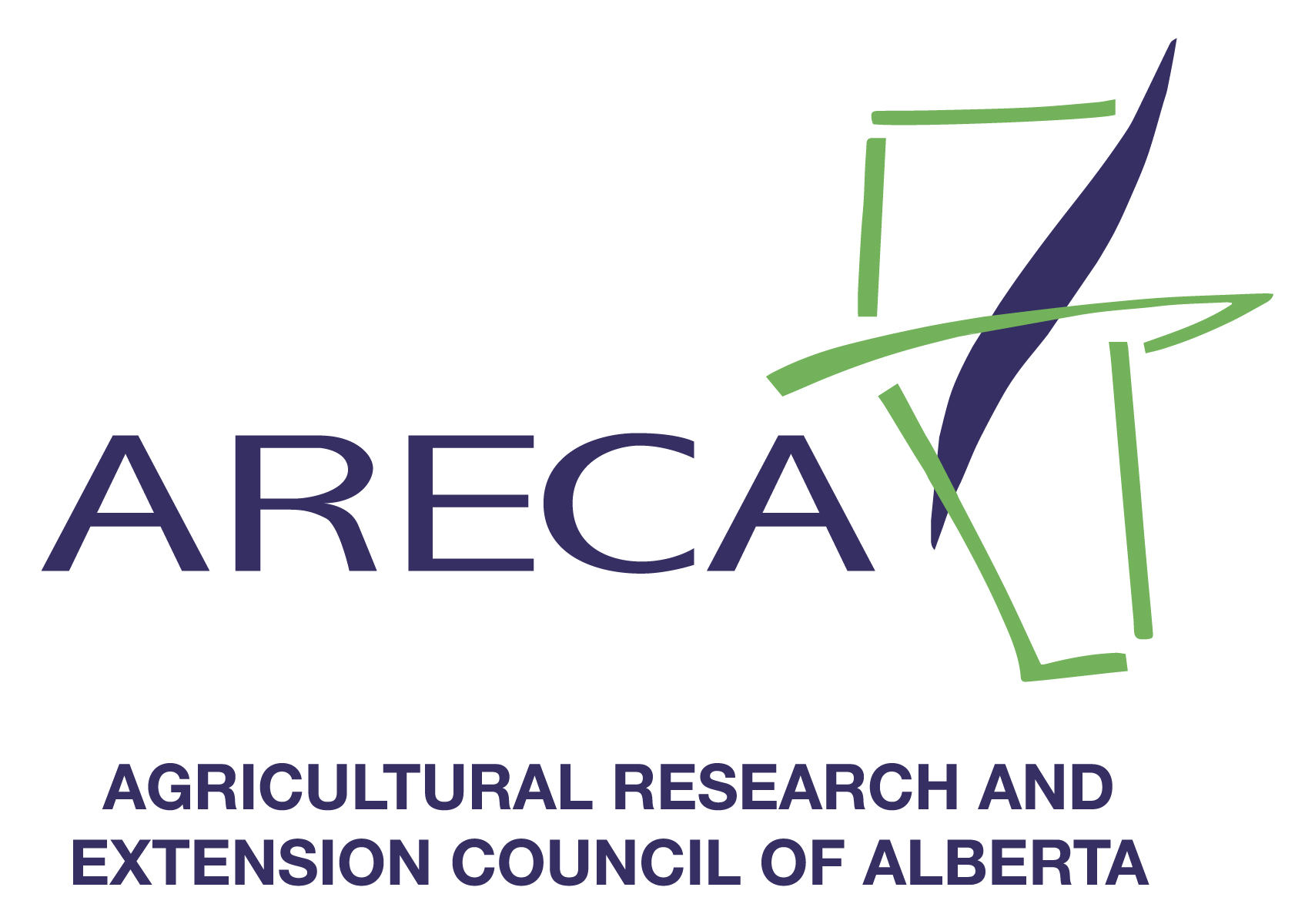Septic System must match the needs of users
In Alberta, standards for the design, installation and material requirements of on-site private sewage systems are provided by the Private Sewage Systems Standards of Practice under the Safety Codes Act. However, standards are just part of the picture. Ultimately, a septic system should match certain land factors and, perhaps most importantly, the needs of the people living on the farm.
For this reason, knowledge of the land and your family’s usage is key, says Joe Petryk, senior field inspector for Alberta Municipal Affairs. “Any given septic system is as unique as the land it services. Land gradients, the number of people living on the property, and soil quality are all factors to consider when deciding the kind of septic system to install.”
Pressure vs gravity
Pressure-fed and gravity-fed systems are the two common choices where it comes to septic system discharge. With gravity-fed systems, sewage flows out of the tank and into a lower-elevation field, taking the effluent underground where it is absorbed by the infiltration area within the field.
“Pressure-fed systems, meanwhile, use a pump set in the effluent chamber that forces the effluent into the treatment field, distributing it evenly throughout the field. We generally recommend pressure-fed systems because of this.”
Tank size
An estimate of a household’s required capacity can be calculated using a simple formula, says Petryk. “In single family dwellings, the average volume of sewage per day is estimated at 340 litres per person. To get a general idea of the size of tank required, multiply the number of bedrooms by the number of people per bedroom and then multiply the result by 340. For example, two persons in a two bedroom home would be two multiplied by two multiplied by 340 to equal the number of litres required.”
Testing key
Making the right decision on a treatment system depends to a large degree on soil profile. The Private Sewage Standard of Practice accepts a “soils percolation test” or a “soils particle or grain size analysis test” to arrive at the acceptable effluent loading rate of a field or mound. Of the two, the latter is more accurate, says Petryk.
Assistance available
Information and assistance on septic system management, as well as a number of other on-farm environmental practices, is available through a strong network of EFP Technicians throughout the province. These technicians draw upon a wide range of technical resources for information and support.
This article may be reprinted with the credit: Alberta Environmental Farm Plan
For more how-to fact sheets or other information, visit www.albertaEFP.com.
 Initiative
Initiative



